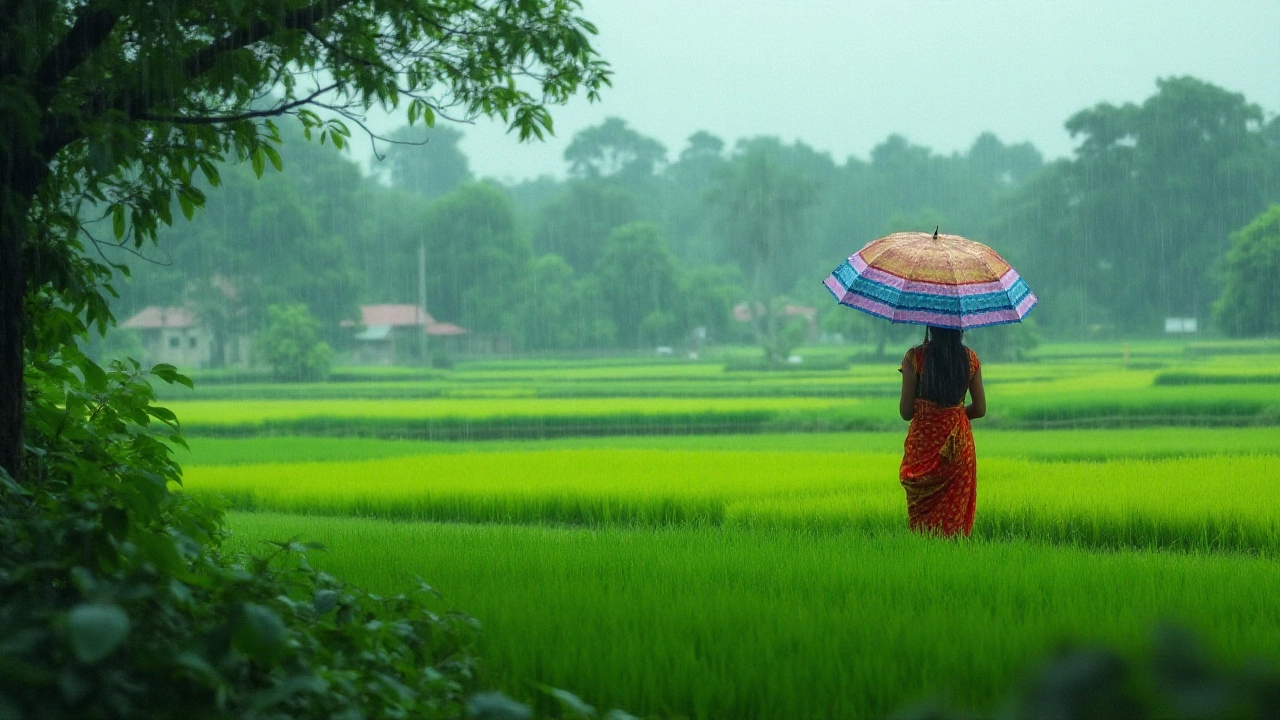SEARCH
Rainy Season India: How to Travel When the Monsoon Arrives
India’s monsoon is not just a weather event – it’s a whole vibe. If you time your trip right, you’ll see waterfalls at full force, lush green hills and a quieter tourist scene. But the rain can also throw a wrench into plans if you’re not prepared. Below you’ll find the basics on when the monsoon hits, the best spots to explore and solid tips to keep your trip smooth.
When Does the Monsoon Reach Different Parts of India?
The monsoon usually starts in early June along the western coast of Kerala and moves northward. By late July it covers the Himalayas and the northeastern states, and by September the northeastern region begins to dry out while the southern plains keep getting showers. So, if you want to catch the heavy rain in the Western Ghats, aim for June‑July. For cooler, misty weather in the North‑East, September‑October is ideal. Knowing the timeline helps you pick the right destination for the kind of rain experience you want.
Top Places to Visit During the Rainy Season
Kerala’s backwaters and hill stations – The backwaters look magical when the sky is overcast, and houseboats glide smoothly under drizzle. In the hills, Munnar and Wayanad turn into a carpet of tea‑green, perfect for short hikes and tea‑plant tours.
Western Ghats – Goa, Karnataka and Maharashtra – These coastal regions get refreshing showers that cool the heat. Goa’s beaches are less crowded, and you can walk the cliffs of Tarkarli while listening to waves and rain combined.
North‑East India – Shillong, Cherrapunji and Kaziranga – September‑October brings misty mornings, roaring waterfalls and a burst of wildlife activity. The famous living root bridges in Meghalaya look especially dramatic with rain dripping from the vines.
Rajasthan’s desert‑oasis contrast – While most of Rajasthan stays dry, the city of Jaisalmer gets occasional drizzle in July, creating a rare desert‑rain scene that photographers love.
Each of these spots offers a different flavor of the monsoon, so pick the one that matches your mood – whether you want cool hills, misty forests or calmer beaches.
Practical rain‑travel tips
First, pack a good waterproof jacket, quick‑dry clothes and sturdy shoes with grip. A small travel umbrella is handy for short bursts, but a sturdy raincoat works better for longer walks. Keep your electronics safe with zip‑lock bags or waterproof cases.
Second, plan your transport with flexibility. Trains and buses can be delayed, especially in hilly areas where landslides occur. Check local weather updates each morning and have a backup route or activity in mind. If you’re hiring a car, ask the driver about road conditions and avoid night travel in heavy rain.
Third, watch out for health basics. Mosquitoes thrive in standing water, so use repellent and sleep under a net if you stay in rural lodging. Drink bottled or filtered water and eat hot, freshly cooked meals to avoid stomach issues.
Finally, embrace the rain. Carry a small notebook or camera to capture the changing scenery, and don’t rush. The monsoon slows down crowds, so you can enjoy a quieter version of popular sites and interact more with locals who often have great stories about the season.
Traveling in India’s rainy season can be a rewarding adventure if you know when to go, where to go, and how to stay comfortable. Use the timing guide, pick a destination that excites you, and follow the packing and safety tips. With a little preparation, you’ll experience the country at its greenest, most vibrant and surprisingly peaceful.

Rainy Season in India: Timing, Travel Tips, and Budget-Friendly Destinations
India's rainy season, known as the monsoon, typically spans from June to September. This period transforms the landscape, offering a unique travel experience for those willing to embrace the rain. The monsoon also comes with travel perks, including lush scenery, fewer crowds, and often lower prices. While the rains can present challenges, savvy travelers can capitalize on these months for an enriching journey across India.
Continue reading